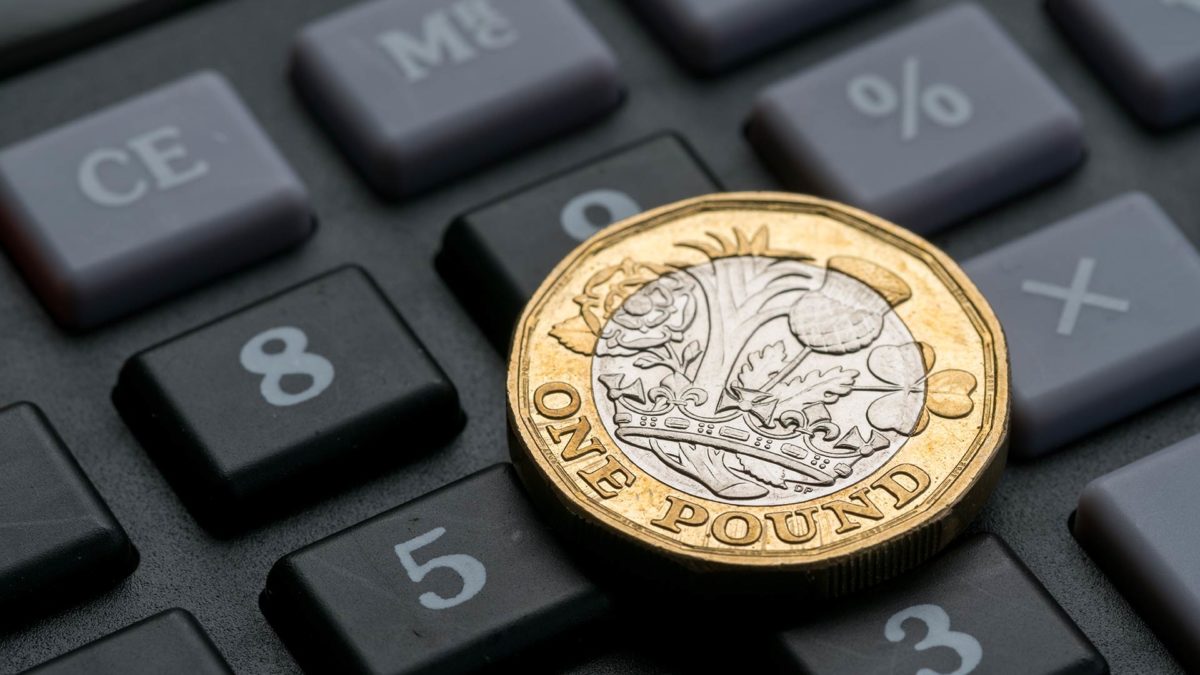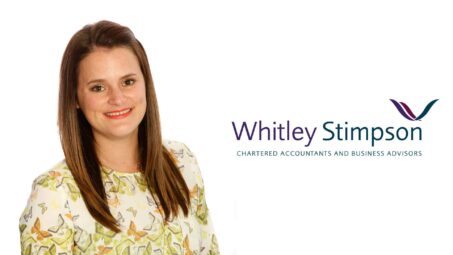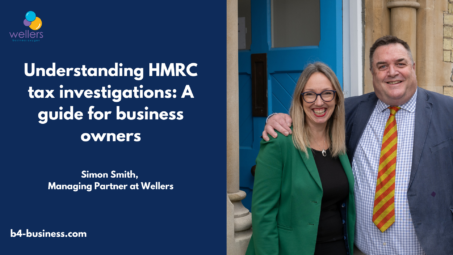
What is Capital Gains Tax in the UK?
Stuart Crook FCA, explains the concept of Capital Gains Tax and how it’s applied to the profits made on the sales of assets.
If you own second homes, antiques, shares, and/or various other assets, and you go on to sell them then you could be looking at a tax bill. This is on the assumption that you receive money for them. Any money you do obtain could be known as a gain and calculating the consequent Capital Gains Tax (CGT) you need to pay can be a complicated process.
Get in touch for planning to make use of Capital Gains Tax reliefs
That’s why we’ve written this blog post, to provide you with an understanding of the concepts of CGT and how it works, so that you can comprehend how much you may need to pay and where you will need specific advice. Read on to find out more about:
7. Deducting losses from your CGT bill
8. Circumstances where CGT doesn’t apply
9. How cryptocurrency gains are taxed
1. What is Capital Gains Tax?
CGT is a tax charge applied to the gain from the sale of something you own. It’s calculated from the gain made, the increase in value of the sale price compared to the purchase price, for an asset held for more than one year.
Typically it’s applicable to:
- Shares
- Investment funds
- Second properties
- Inherited properties
- The sale of a business
- Valuables including art, jewellery, and antiques
- Assets transferred at below their market value
Capital gains on these assets are curently taxed at different rates than those of income tax. This is because purchasing such assets is seen as taking a risk, either entrepreneurial or investment, so the additional burden of risk carries greater potential reward.
Watch the video: What is Capital Gains Tax?
2. How much is Capital Gains Tax in the UK?
The CGT rate you’re charged depends on two things:
1. Whether you’re a basic rate, higher rate, or additional rate tax payer
2. The type of asset you’ve sold
For the 2020/21 tax year the CGT rates are as follows:
| CGT on residential property | CGT on other assets | |
| Basic-rate tax payer | 18% | 10% |
| Higher/additional rate tax payer | 28% | 20% |
3. When do you have to pay Capital Gains Tax?
CGT isn’t as simple as declaring your gain and applying the relevant rate. Firstly there is the annual CGT allowance of £12,300. This is the amount of profit you can make before CGT is applied. If you’re gains are under this amount in the tax year then there is no CGT liability. However, you can’t carry forward to the following year if you don’t make use of the allowance when selling your assets.
4. How does Capital Gains Tax work?
Where your gains are above the annual allowance, you have to apply the appropriate rate to the gain you have made on the asset(s) in question. Where you own an asset with another person, such as in a marriage, you can both apply your allowances. This means where a gain is made on the sale of a second home for example, you can double the amount you make to £24,600 before CGT becomes applicable.
You are also allowed to transfer assets between partners in a marriage or civil relationship to help reduce your CGT liability. If you do transfer an asset to a partner and later make a gain on selling it, the amount of CGT due will be based on the total time you owned the asset as a couple, not from the date when it was transferred to your partner.
Of note, this should always be done after taking specific advice because other reliefs may apply.
5. Inheritance
In instances where you inherit an asset there is no CGT liability until you decide to sell it. You need to know what the value of the asset was when it was passed down to you as this then acts as the effective purchase price, usually the probate value on the date of death. If you sell the asset during the period of estate (from the date of death to the completion of the administration of the estate) there could be a gain and CGT then due.
Make sure you keep notes on the value of assets where you’re the beneficiary in a will. This is because the amount of CGT you will then owe will be based on the gain from the sale price compared to the price at the time you inherited it.
6. Capital Gains Tax Reliefs explored
Over the years various government’s have created a vast number of reliefs around CGT which you can potentially make use of. Some of these include:
- Business Asset Disposal Relief (BADR), formerly known as Entrepreneurs’ relief
- Principal Private Residence
- Investor relief
- Roll over relief
- Hold over relief for gifts
Business Asset Disposal Relief (BADR), formerly known as Entrepreneurs’ relief
BADR is designed to incentivise people to grow a business by reducing CGT to a flat rate of 10%, rather than the higher rate of 20%. This applies to the first £1m of gains from selling a business.
The 10% rate applies no matter what your level of income. Also, there is no limit to how many times you can claim within the £1m lifetime allowance.
BADR is subject to the following criteria when selling shares:
- The person selling the shares has to be an officer or employee of the organisation
- The person making the gain has to own at least 5% of the ordinary share capital of the business
- The business has to have been trading in the 24 months leading up to the date when the shares are sold
These are subject to a number of anti-avoidance restrictions that must be considered when reviewing your tax position.
BADR is also available on the disposal of partnership assets and gains subject to additional conditions.
Principal Private Residence
Principal Private Residence is a tax relief that permits taxpayers to sell their main homes without having to pay CGT. The key to qualifying for this relief is that the property needs to be, or have been, your main residence.
Specifically, this means if the property was your main residence for the full duration of ownership, then there is no CGT liability. If you sell a property that wasn’t your main residence during the period of ownership, then CGT may apply. However, PPR can provide you with a 9 month period of exemption, referred to as the final period exemption.
This means in the last 9 months of ownership, even if the property was rented out you get PPR relief if at some point you have lived in the property. Consequently you don’t have to pay CGT on the gains made during that final 9 month timeframe. Historically this has been useful for couples engaging in the divorce process where a property needs to be sold and assets divided. The date of separation is key for this one and could lead to a CGT bill if not planned properly.
Of note, where you do have a second property that you’re disposing of, you only have 60 days after completion to declare the capital gain and make any potential payment to HMRC.
Investor relief
This provides CGT relief to individual investors on the disposal of investments in ordinary shares. The relief reduces the tax rate on gains to 10% for higher rate taxpayers. Disposals have to have been made after 6 April 2019 and the investments have to have been held for 3 years and made on or after 17 March 2016. The relief is subject to a lifetime cap of £10m.
Shares have to be subscribed for in cash and the business being invested in must be trading or the holding company of a trading group.
Watch the video: How Capital Gains Tax works
Roll over relief
Roll over relief is applied where trading assets are sold and replaced with new assets using the proceeds from the sale. The capital gain from selling a trading asset can be deferred against the cost of purchasing another business asset.
This works in terms of the CGT liability whereby the chargeable gain is deducted from the cost of the new asset. To qualify the assets must be used for the purposes of trading. Also the new assets must be purchased from 12 months before the disposal and no more than 3 years after.
The relief is restricted in instances where you only use part of the sale proceeds to purchase the new asset. Finally, the new asset must be used for trading purposes as soon as it’s purchased.
Hold over relief for gifts
CGT also applies to gifts you may receive from people other than your spouse or civil partner. Hold over relief means when someone gifts you an asset, they don’t pay any tax on the effective sale of that asset. As with CGT and inheritance, you need to conduct a valuation when you’re gifted the asset. Then when you come to sell the asset any gain will be calculated from the price on the date it was gifted to you.
7. Deducting losses from your CGT bill
You may make a profit from the sale of one asset but lose money on the sale of another in a tax year. The good news is your CGT bill can take account of both profit and loss meaning in certain circumstances you can subtract the loss from the profit to calculate your total CGT liability.
Further good news is that you can carry forward any losses that you haven’t used to offset your gains. This means you should state specific losses on your tax return, even if you haven’t made any gains and CGT isn’t due. This is because it will be easier to offset the loss against any potential future gains.
8. Circumstances where CGT doesn’t apply
The list below highlights the assets and conditions where you don’t have to pay CGT:
- The sale of your main home
- Gifts between married and civil partners
- The sale or gifting of cars that aren’t used for business purposes
- The gifting of personal possessions to a limit of £6,000 per year
- Wasting assets, namely those with a useful lifespan of 50 years or less
- ISAS and Peps
- Gold, silver, and platinum coins
- Gifts to charities
- Betting and lottery winnings
- UK government gilts
- The proceeds of life insurance policies
- National Savings & Investments products, child trust funds, and pensions
- Employee shares held in approved share incentive schemes
- Gains on some tax efficient investments
9. How cryptocurrency gains are taxed
If you have invested in cryptocurrencies and this has resulted in big gains, you need to understand that the government don’t treat crypto as money. If you are UK based and hold crypto assets then you will be taxed on the related profits.
This means you’re taxed on the gains from crypto assets in the same way as CGT is applied to the profits generated from selling shares. CGT doesn’t apply to the paper (unrealised) gains of crypto, rather when you trade it for other cryptocurrency, or convert it into pounds sterling at which point your gains are realised.
As with other assets, the annual CGT allowance is applied and your profits are calculated based on the difference between how much your cryptocurrency cost you versus how much you sold it for. You also need to take account of the 30 day rule. This prevents people from using their CGT allowance each year by selling shares and then buying them back the next day. Doing this can increase the purchase price and therefore potentially help minimise CGT exposure.
Instead, is you sell shares then have to wait 30 days before re-investing in those very shares. If you don’t wait 30 days then “matching” rules apply which in effect stop the cost base from being reset. Cryptocurrencies can be traded often which then makes it difficult to work out the CGT liability.
Whilst you can purchase assets using cryptocurrency, this in itself can trigger a CGT liability. For example, if you purchase an asset for £100,000 using Bitcoin, and your bitcoin cost you £90,000 then there is a CGT charge on the £10,000.
Of note, cryptocurrency also forms part of your estate as an asset. This means it’s also potentially subject to inheritance tax should you pass it down to beneficiaries in the event of your death.
A word of warning
As with a number of taxes, it is important to consider how they overlap with other taxes. It is common for Stampy Duty, VAT, Income tax and Inheritance Tax to be included in CGT tax planning so please be careful not to deal with this in isolation.
The content of this post was created on 14/12/2020 and updated on 12/07/2021.
Please be aware that information provided by this blog is subject to regular legal and regulatory change. We recommend that you do not take any information held within our website or guides (eBooks) as a definitive guide to the law on the relevant matter being discussed. We suggest your course of action should be to seek legal or professional advice where necessary rather than relying on the content supplied by the author(s) of this blog.
More in Accountants

Why having an audit can boost your business
Many directors will wince at the prospect of an audit, seeing it as a necessary evil to meet statutory obligations.

FRC Proposes Major Overhaul of Auditing Standards
In a bold move, the Financial Reporting Council (FRC) has unveiled proposed changes to auditing standards that could have a major impact on the financial world, according to chartered accountants and business advisors Whitley Stimpson.

Whitley Stimpson shines as finalist for top national award
Service Charge Accountancy specialist Jonathan Walton of Whitley Stimpson has been recognised for his outstanding work in the field by being shortlisted for a prestigious property industry award.
From this author

Budget 2024 review: A bitter pill for SMEs?
Tom Biggs, Partner at Wellers, the Oxford-based small business accountants, discusses the latest Budget and the impact it will have on SMEs.

Understanding HMRC tax investigations: A guide for business owners
Simon Smith, Managing Partner at Wellers, discusses what business owners need to know about tax investigations, including whether you could be a target.

Evolution and Growth for Oxfordshire’s Wellers
Simon Smith takes the helm as Managing Partner

